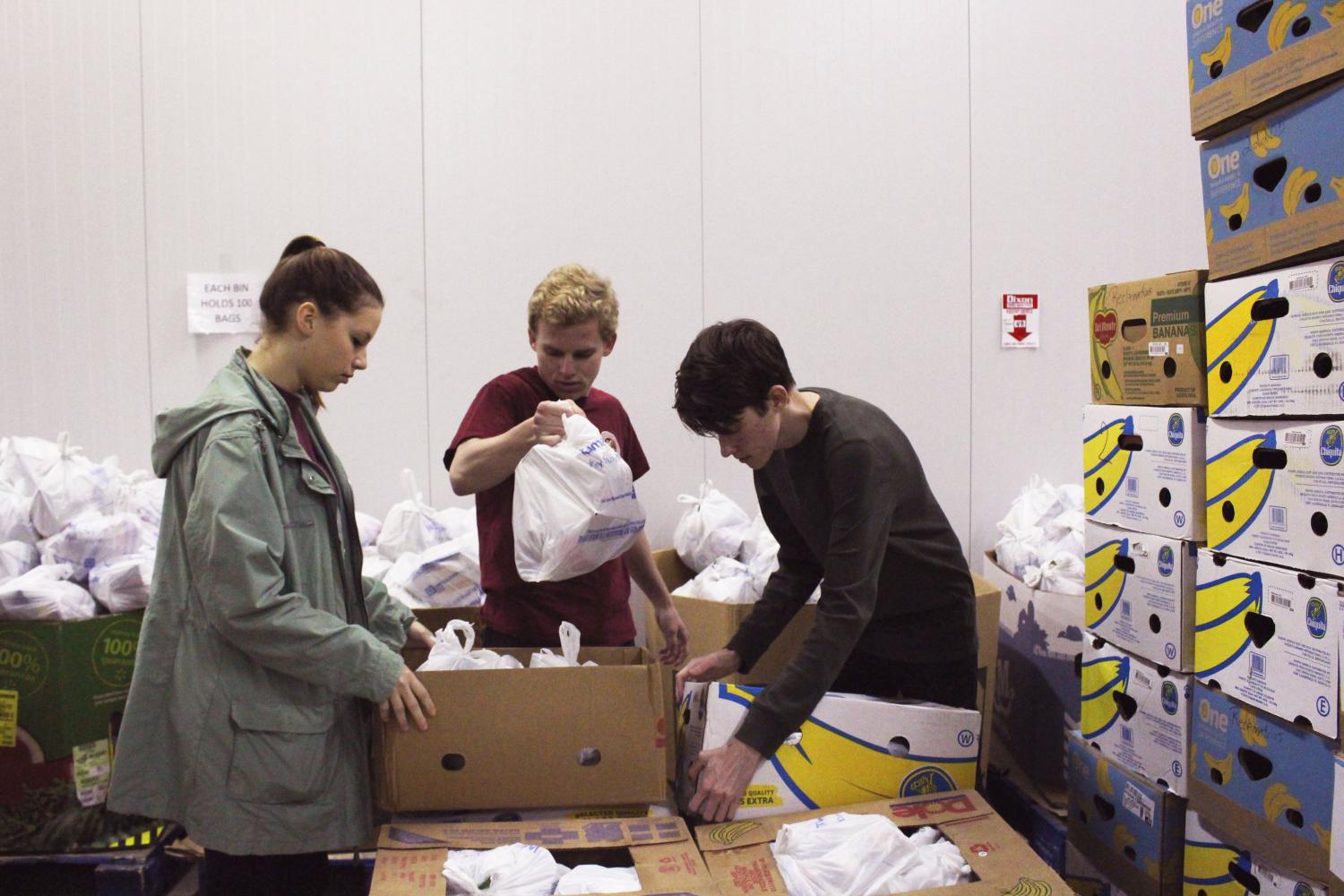Our Ultimate Act of Service in the age of COVID-19
It had already been a long day. Meetings that ran over and were all across campus, papers that needed to be graded as I was now a full month behind, a report that needed to be finished within the hour, and a colleague I had to be sure to check on before I left campus for the day; and somehow I still needed to make it home to spend a few hours with my family before heading out to a community meeting. I debated not going to the community meeting and just hanging with the family for the evening, but five hours later I was on my way to the meeting. In those two hours, I was able to catch up with a few community partners and hear the latest behind-the-scenes news that would help me navigate next steps with a few new partner agencies I wanted to make sure we supported. It was also nice to see pictures of grandkids, hear about the joys and struggles of having grown children living back at home, and to get updates on the side hustles.
This is what community engagement looked like for me prior to the coronavirus. My off-campus meetings were filled with the tight relationships that I have built over the years in the community. These relationships are what have allowed us to provide student support to issues the community was already challenging head on, in the most direct and effective ways. We are now left exploring and wondering how we provide community support when so much of our work relies on being physically present in the community?

Three students sort food at Second Harvest of the Big Bend during a pre-remote community engagement program.
The past two weeks have forced me to rethink what it means to be engaged with the local community and what it could look like to provide support that is not solely based on physical presence. This is new territory for many in the field of community engagement. While e-mentoring made its way on the scene many years ago, and each year seems to pick up more popularity, vital work such as sorting donated items to give to people experiencing homelessness or sorting food that needs to be distributed around several counties relies on physical presence and support.
But in a time when physical interaction threatens the health of our neighbors, we ask, “How can we provide the best support to the community?” Right now, part of that answer is easy. The best support we can provide to the community is to follow the Centers for Disease Control and Prevention’s guidelines. Our choices now are more important than ever to our community. In this moment, it is an act of service to the greater community to follow these recommendations.
The second part to this question for me lies in my desire to ensure that we are always doing what we can to help our community because we know that there is a human need that still exists. One way we have done that is by working closely with United Partners for Human Services to gather information on the support nonprofits in our community are looking for that can be done remotely by our students. We have been very pleased at the response we have received thus far. Our students have opportunities to write cards to our community members in assisted living facilities so that they can still feel a human connection, and others are able to provide website and social media support to help organizations keep up with the pace of information that comes out daily. If you are a non-profit that could use virtual support during this time, please let us know by filling out our survey.
We have a unique opportunity to create what tomorrow looks like, to be innovative and forward thinking in how we engage in community work and provide community support, and to, in the words of my colleague Mike Norris, decide what the world will be after coronavirus. We are excited to engage in this work with each of you. We want our community to know that we are here. We may not be here in the ways that we are accustomed to, but we are here. Do not ever hesitate to let us know what we can do for you.
— Dr. Joi N. Phillips, Director


